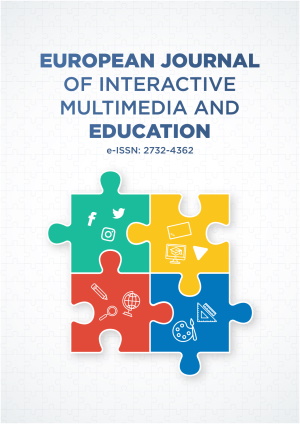Abstract
The outbreak of the COVID-19 Pandemic that purpoted to originate in the city of Wuhan draws a lot of questions on the extent of crisis health communication concerning the international media. At the inception stage, in January 2020, it was reported that about ten major cities in China had been affected by this virus at that time labelled as 2019 nCov. By March 10, 2020, the disease had spread to Europe, the UK, Middle-East, and Africa, with more than 114,344 confirmed cases reported globally. In this situation, various scholars have often criticized the media for framing, misinformation, or exaggeration in the news information. In contrast, others have hailed the media for playing an educative and informative role to the public. Utilizing content analysis, framing and consecutive day sampling, this study focused on examining the media coverage of the initial two months of the COVID-19 Pandemic by four international news media organizations namely; BBC, CNN, Al-Jazeera and the People’s Daily. The article contributes to the discourse of mass media practice, and application of various research paradigm in deconstructing media framing during critical periods.
License
This is an open access article distributed under the Creative Commons Attribution License which permits unrestricted use, distribution, and reproduction in any medium, provided the original work is properly cited.
Article Type: Research Article
EUR J INTERACT MULTIMED ED, Volume 1, Issue 2, July 2020, Article No: e02006
https://doi.org/10.30935/ejimed/8402
Publication date: 19 Jul 2020
Article Views: 13020
Article Downloads: 8949
Open Access References How to cite this article
 Full Text (PDF)
Full Text (PDF)